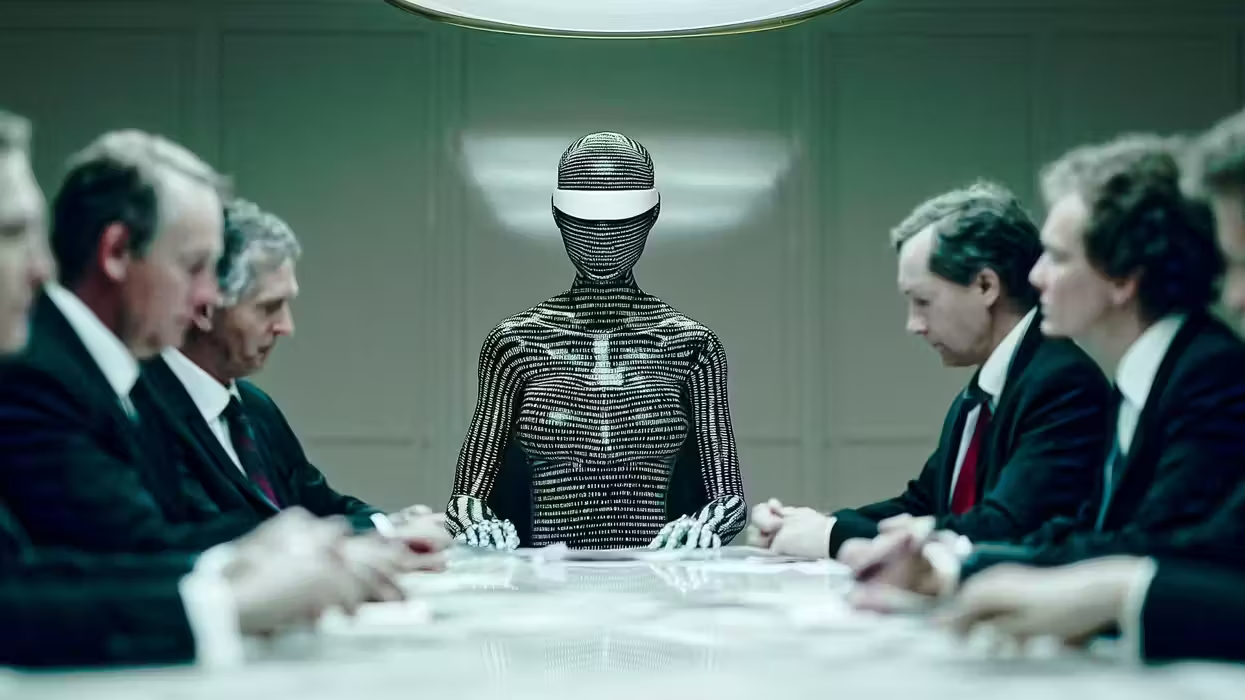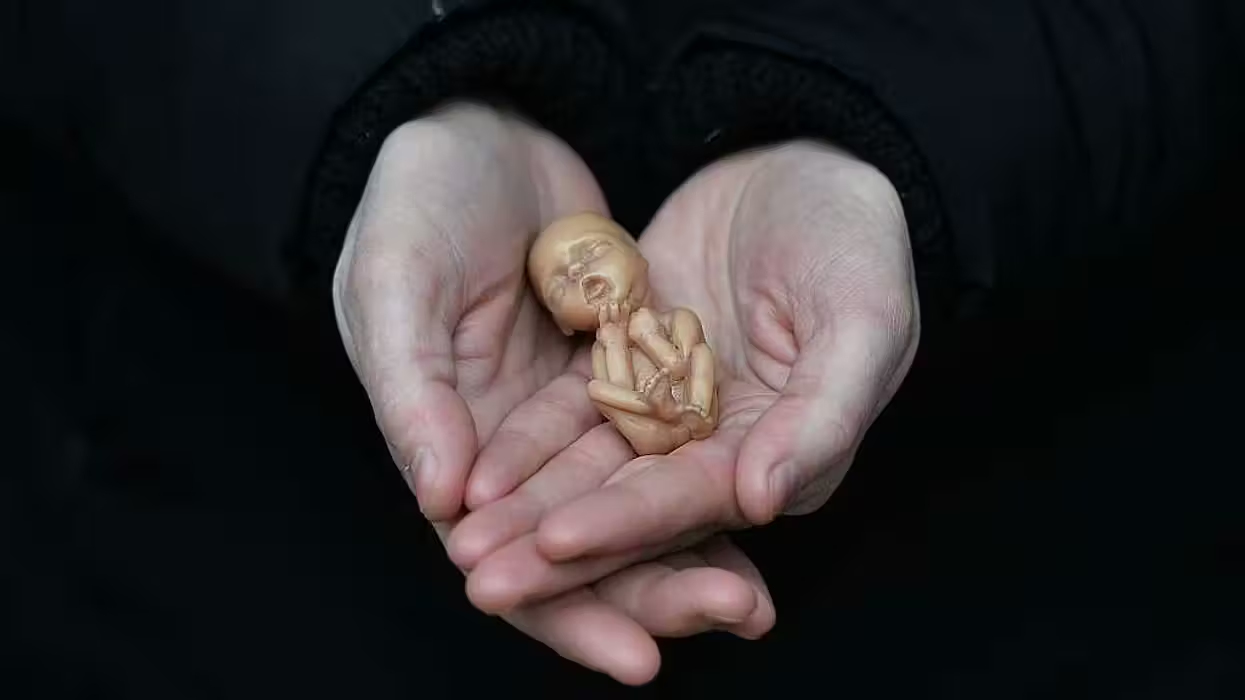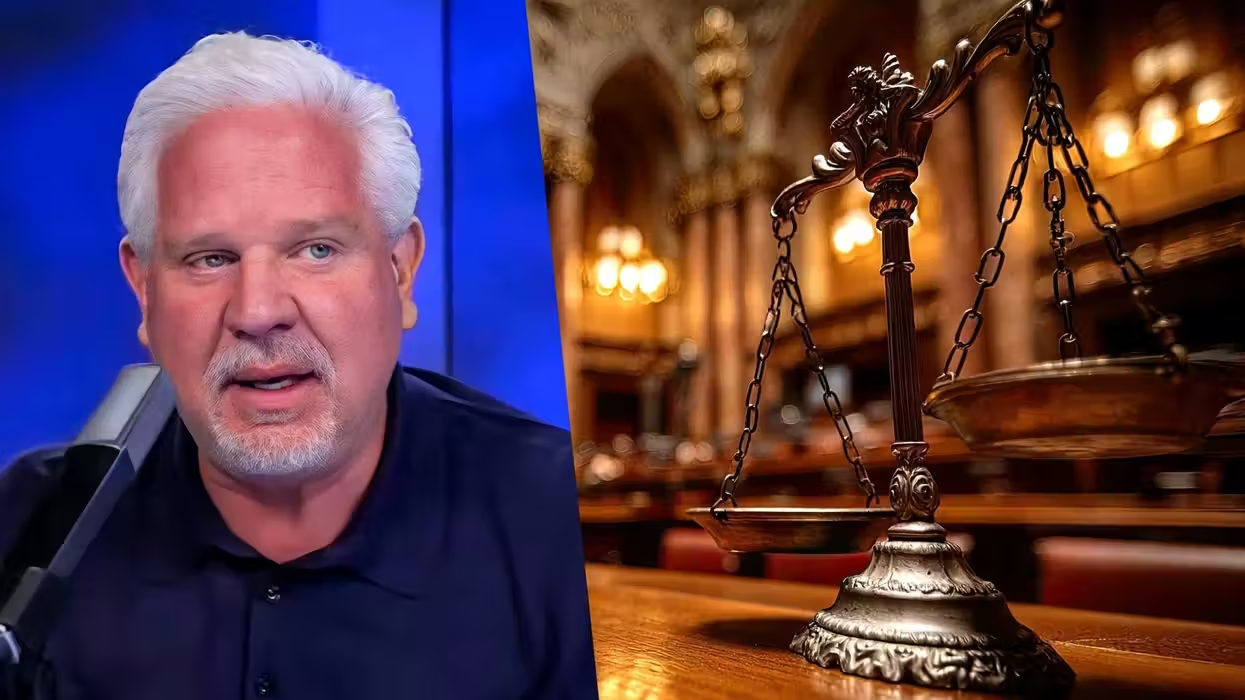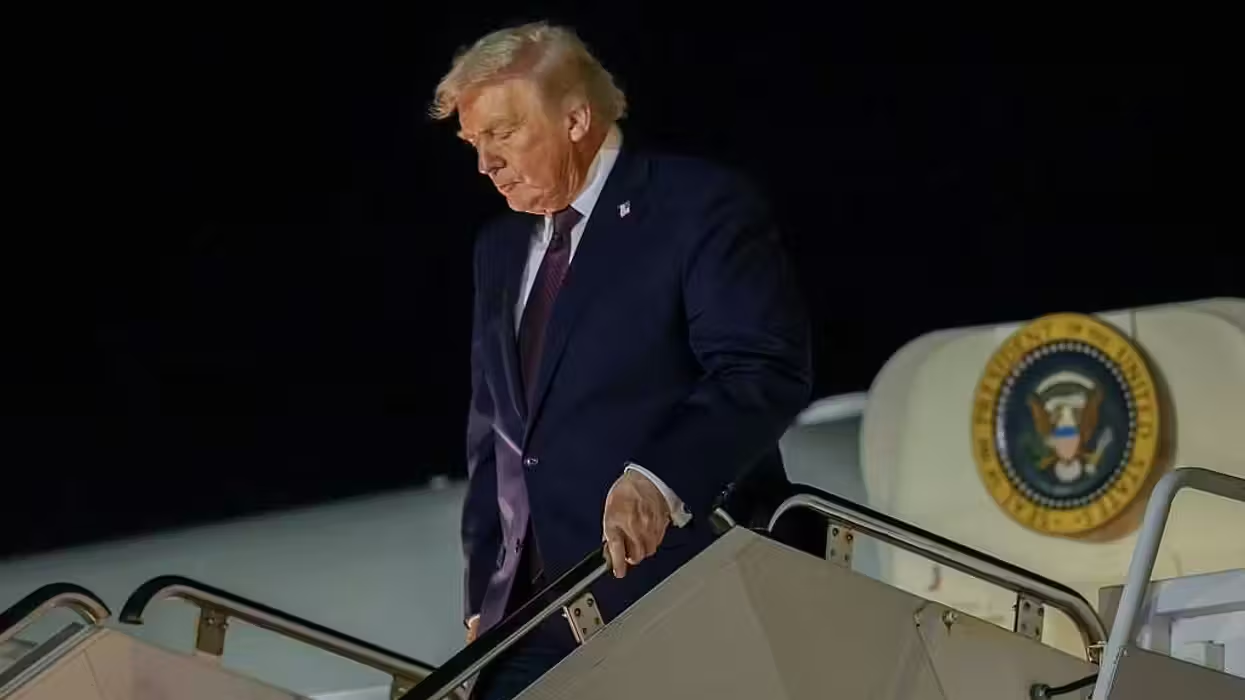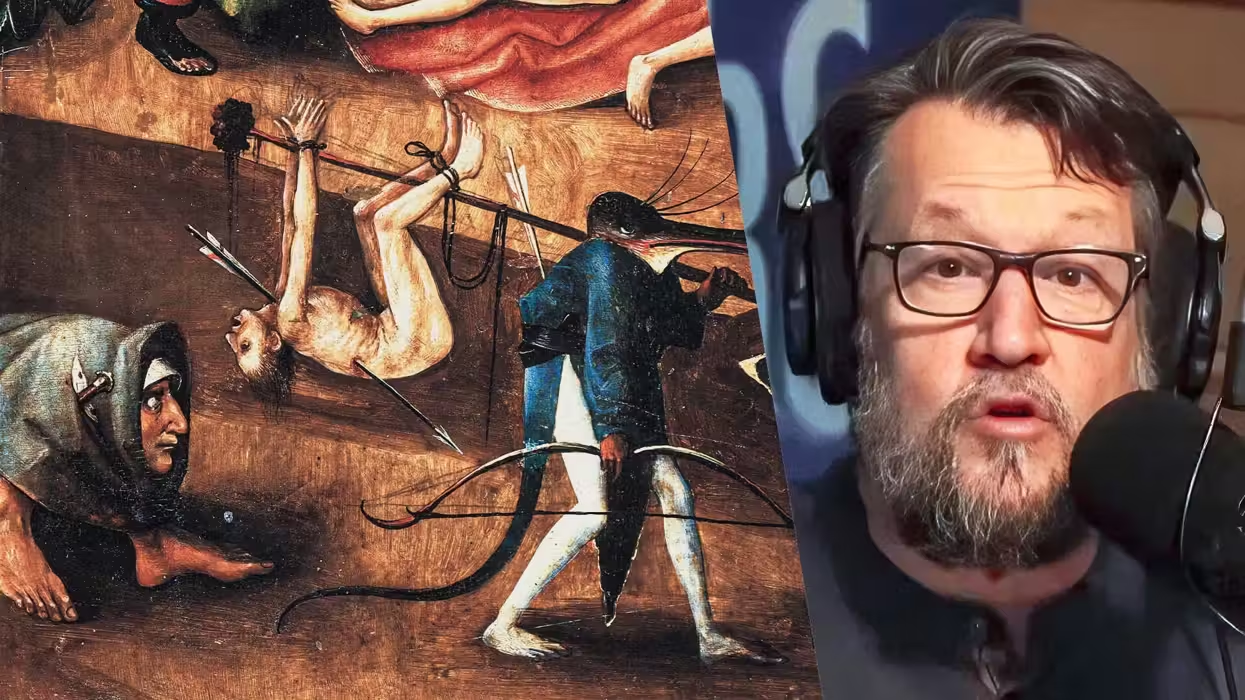Three million dollars a job—that’s the possible cost of every job “created or saved” by President Barack Obama’s stimulus bill, the American Recovery and Reinvestment Act. It’s the government’s own figures that suggest the cost could be that high, vindicating the warnings of free-market economists.
The latest assessment of the stimulus is out, and the picture it paints isn’t pretty. The Congressional Budget Office, tasked with reviewing the legislation’s cost and effect when it was passed by the Democrat-controlled Congress in 2009, reveals that the stimulus will have cost the nation $836 billion by 2019—up almost $50 billion since last year’s estimate—and saved or created at most 300,000 jobs in 2014. That means there’d be 300,000 fewer people employed today were it not for the stimulus.
 This undated photo provided by the Colorado Department of Transportation shows a Denver-area sign. (AP Photo/Courtesy of the Colorado Department of Transportation)
This undated photo provided by the Colorado Department of Transportation shows a Denver-area sign. (AP Photo/Courtesy of the Colorado Department of Transportation)
That may seem like a lot of jobs, but it’s a lot more money. Bang for the buck this isn’t. And that figure is actually the most generous interpretation of the report.
In fact, the CBO concedes that the stimulus may have had a negligible on jobs today. The CBO report includes a range of possible effects, and 300,000 jobs is the high end for number of people employed in any way. Yet for full time jobs, the figure ranges between “a slight amount” and 200,000.
The CBO also concedes that “some of the jobs included in the reports might have existed even without the stimulus package.”
That’s not to say the stimulus didn’t have an effect during the darkest days of the crisis. It would be truly amazing to have spent that much money with nothing to show for it. The CBO estimates that in 2010 the stimulus saved or created between 900,000 and 4.9 million jobs. Now, that doesn’t sound so bad. But how much did saving or creating these jobs cost taxpayers?
The most generous assessment estimates the cost at about $120,000 each, based on the $580 billion of stimulus funds spent by the end of 2010. If the low end is the case, the cost was well over half a million dollars per job during the worst days of the crisis. That doesn’t represent value for money in any way.
Yet there is no indication in the report of how long these jobs lasted. A 2013 Reason Foundation survey of Recovery Act grant recipients suggests that most employers laid off workers once the grant funds ran out, while less than a quarter retained them. And stimulus loans were used to create some jobs while terminating others.
Today, we don’t know how many of those jobs saved or created in 2010 are still going, but a back of the envelope calculation can give us an idea. Assuming the worst, a quarter of those 900,000 jobs the stimulus created at the height of the crisis are still going. That’s about 225,000 full time jobs at a cost of well over $3 million each. Even if the stimulus did create almost 5 million jobs in 2010, if only a quarter of them are still going, those cost taxpayers almost $700,000 each.
[sharequote align="center"]If 5 million jobs were created, and only a quarter still exist, that cost taxpayers $700,000 each.[/sharequote]
Furthermore, it may well be the case that the most significant effect of the stimulus was to save or create government jobs. As I recount in my book, "Stealing You Blind", between the passage of the Recovery Act and the end of March 2010, the city of Los Angeles received over half a billion dollars in federal stimulus funds. Of that, $111 million went to two city departments, Public Works and Transportation, which between them managed to create only 55 jobs—at $2 million per job—mainly in the public sector. The number of private sector jobs created, at city contractors, was so small that they could be counted on the fingers of one hand.
Ohio State University economists Timothy Conley and Bill Dupor estimate that the Recovery Act created government jobs while destroying private sector jobs, with a best-case net increase in jobs of “659,000 jobs, mainly in government.” They found “no evidence of large positive private-sector job effects” and suggest the increase in government jobs were “created” by the funds being used to offset state revenue shortages.
If most of the full-time jobs created were in government, they are likely unionized as well, meaning that some of the stimulus funds will have gone to political campaign coffers via compulsory union dues.
None of this should be surprising. The stimulus was based on the Keynesian notion that targeting certain areas of the economy increases aggregate demand that in turn reduces unemployment. Yet, this theory has significant problems, given that the labor force participation rate has declined steadily even as the headline unemployment rate has improved.
The truth is that lifting regulatory restrictions on employment, entrepreneurialism, and project creation could have saved more jobs. I outlined a program of such liberalizations back in 2010. Had we followed such a program rather than throw taxpayer money at government bodies, we might have a much different economy now. We might even have authorized the Keystone XL pipeline.
Instead, we have wasted close to a trillion dollars with very little to show for it. The stimulus is what the president wanted. He needs to own it.
–
TheBlaze contributor channel supports an open discourse on a range of views. The opinions expressed in this channel are solely those of each individual author.

 This undated photo provided by the Colorado Department of Transportation shows a Denver-area sign. (AP Photo/Courtesy of the Colorado Department of Transportation)
This undated photo provided by the Colorado Department of Transportation shows a Denver-area sign. (AP Photo/Courtesy of the Colorado Department of Transportation)

